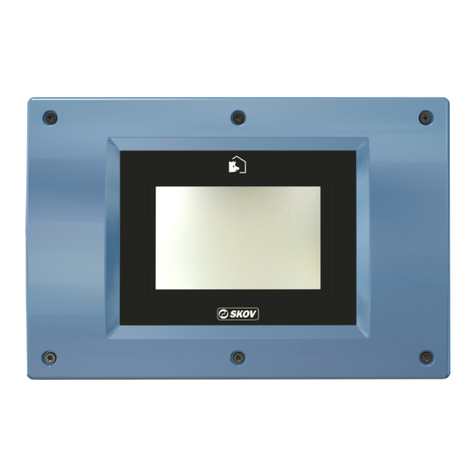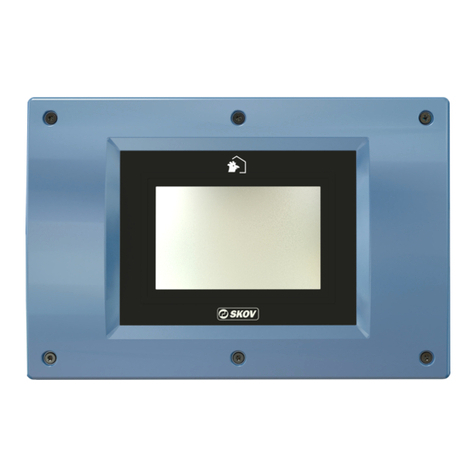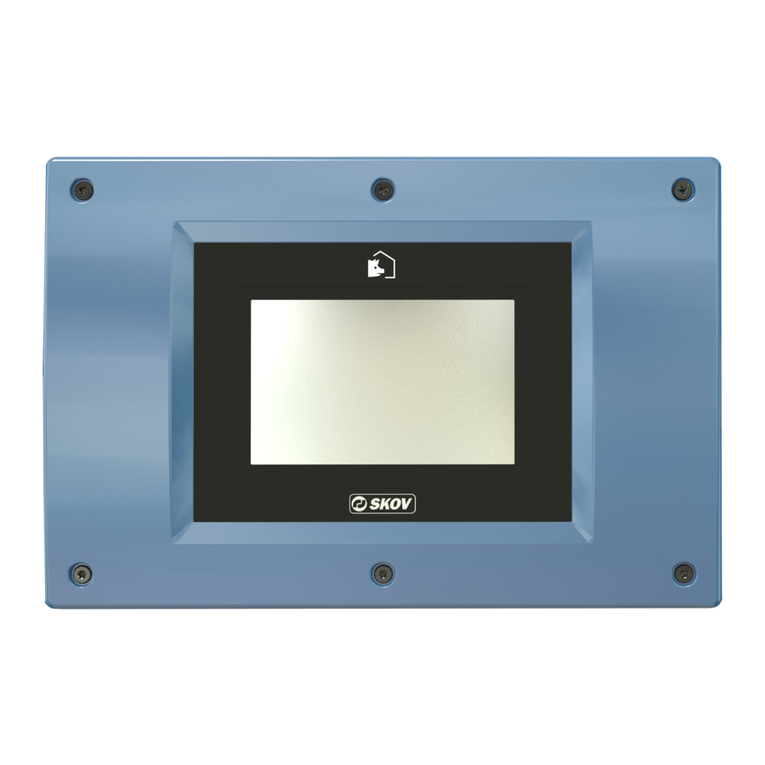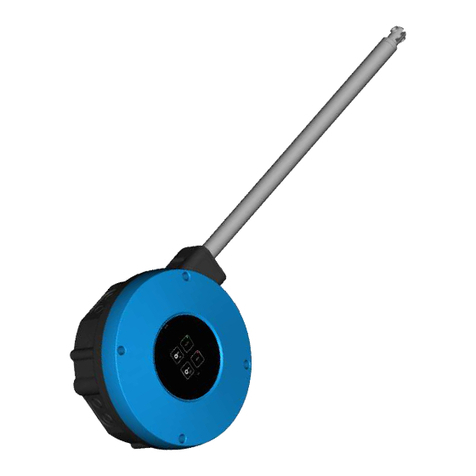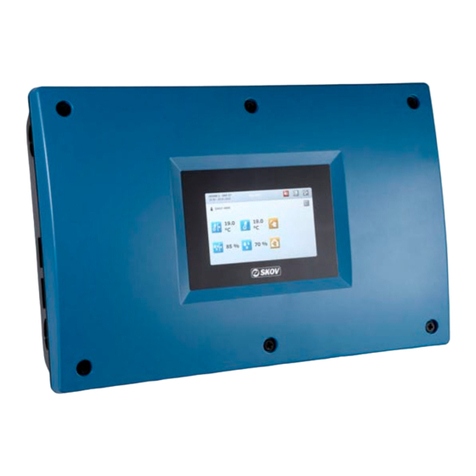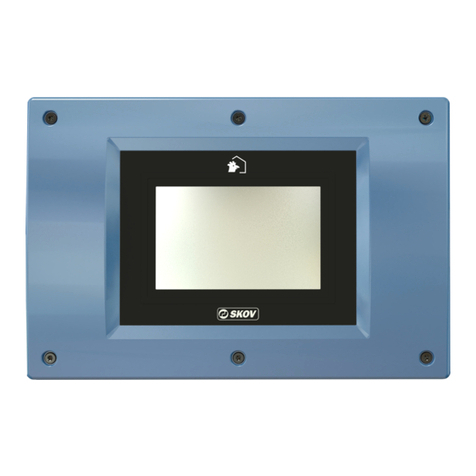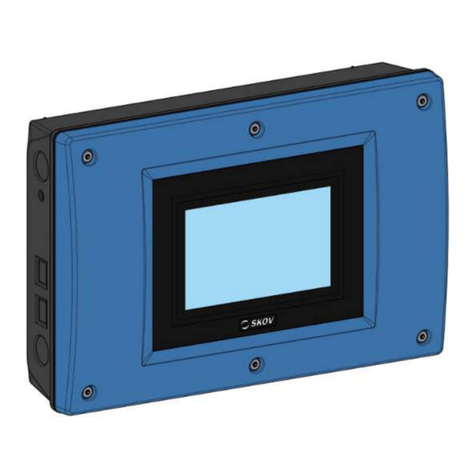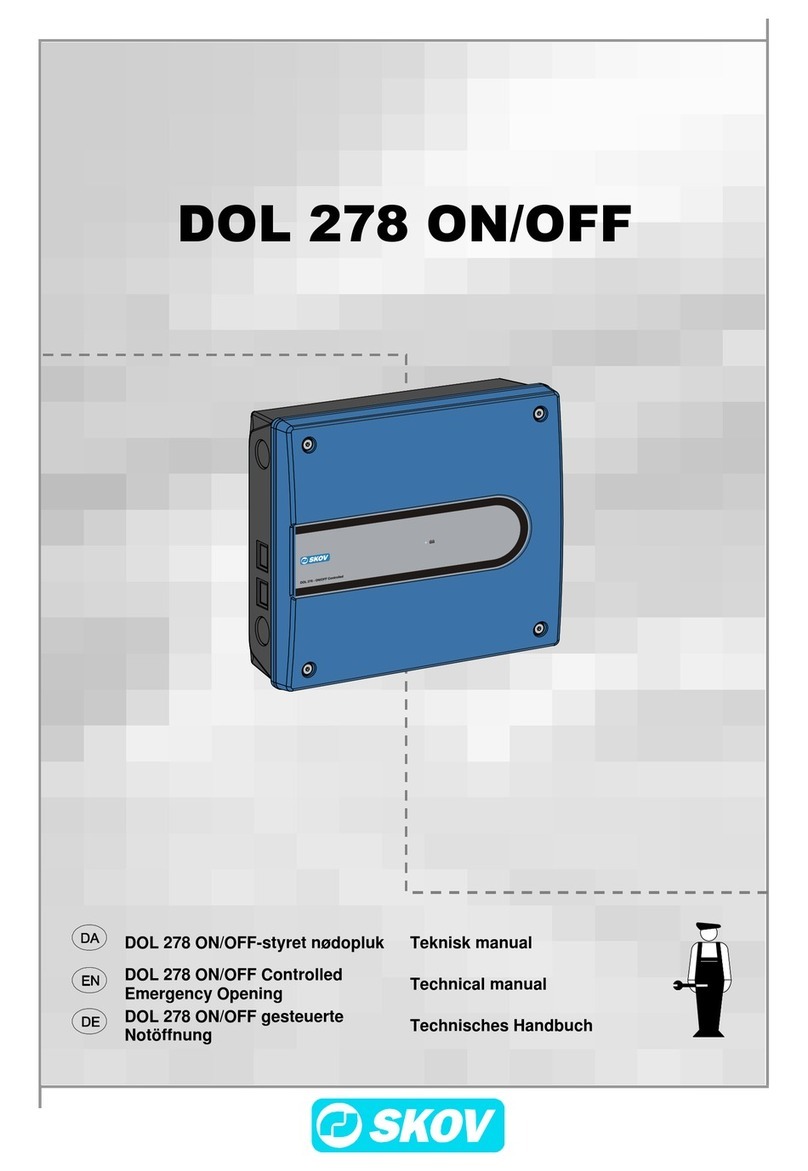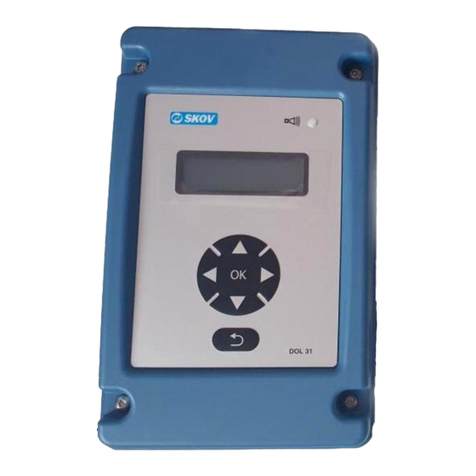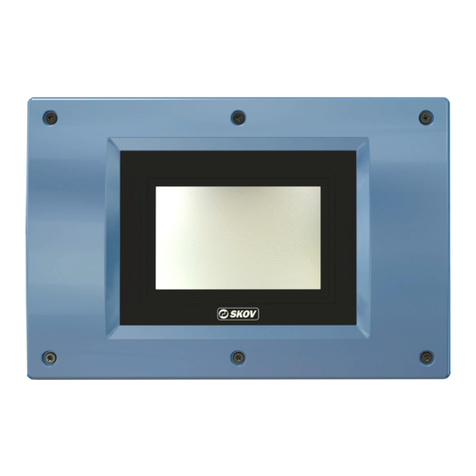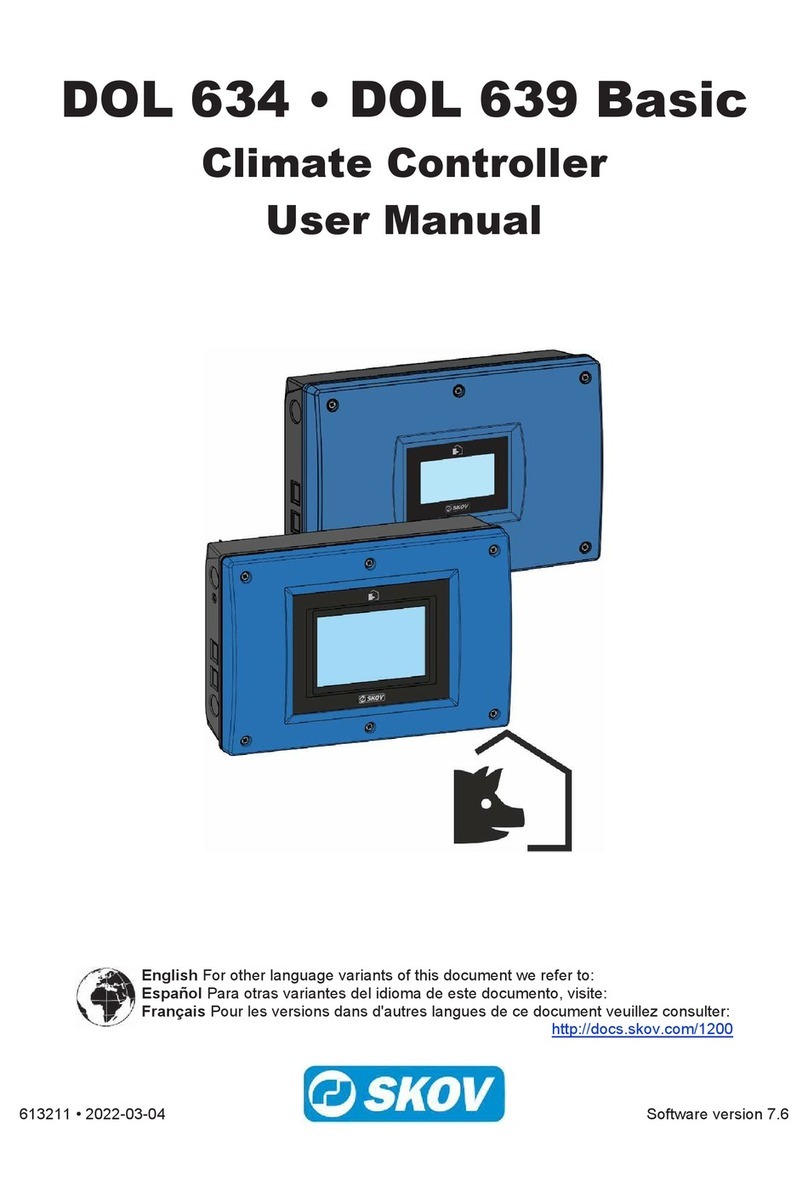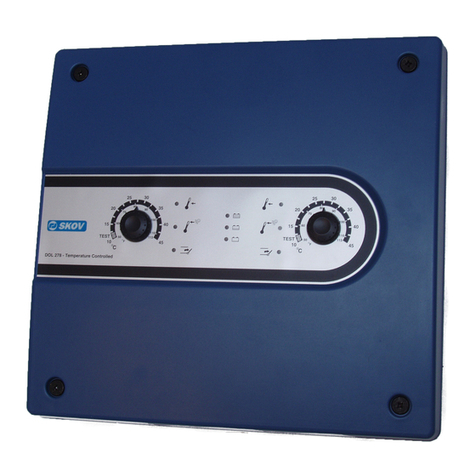
DOL 834
5.2.2.2 Testing auxiliary sensor ............................................................................................................. 27
5.3 Testing network connection ................................................................................................... 27
6 Service........................................................................................................................................................... 28
6.1 Settings..................................................................................................................................... 28
6.1.1 Climate....................................................................................................................................... 28
6.1.1.1 Setting of exhaustion (MultiStep) ............................................................................................... 28
6.1.1.2 Fan settings ............................................................................................................................... 28
6.1.1.3 Stepless to step ......................................................................................................................... 29
6.1.1.4 Setting outside temperature limit ............................................................................................... 29
6.1.1.5 Setting of heating ....................................................................................................................... 30
6.1.2 Network settings ........................................................................................................................ 30
6.1.3 UTC time.................................................................................................................................... 31
6.2 Display ...................................................................................................................................... 31
6.3 Backup ...................................................................................................................................... 31
6.3.1 Backup of historical data............................................................................................................ 32
6.3.1.1 IMX based CPU module (2 LAN ports) ...................................................................................... 33
6.3.2 SD card and USB stick .............................................................................................................. 33
6.4 Software update ....................................................................................................................... 35
6.4.1 Preparing for a software update................................................................................................. 35
6.4.2 Carrying out the software update............................................................................................... 35
6.4.3 Check after software update ...................................................................................................... 36
6.5 Control parameters.................................................................................................................. 37
6.5.1 Control modes............................................................................................................................ 37
6.5.1.1 Adaptive control ......................................................................................................................... 37
6.5.1.2 P-band adjustment..................................................................................................................... 39
6.5.1.3 PID control ................................................................................................................................. 39
6.5.2 Ventilation .................................................................................................................................. 39
6.5.2.1 Cycle time .................................................................................................................................. 40
6.5.3 Heating....................................................................................................................................... 41
6.5.3.1 Room heating and stand-alone heater....................................................................................... 41
6.5.3.2 Floor heating .............................................................................................................................. 42
6.5.4 Cooling....................................................................................................................................... 42
6.5.4.1 Side cooling ............................................................................................................................... 42
6.5.5 Humidity ..................................................................................................................................... 43
6.5.5.1 Humidity control ......................................................................................................................... 43
6.5.5.1.1 Humidity control at adaptive ventilation mode ........................................................................... 44
6.5.5.1.2 Humidity control at PID ventilation mode ................................................................................... 44
6.5.5.1.3 Humidity control at adaptive heat mode..................................................................................... 44
6.5.5.1.4 Humidity control at PID heat mode ............................................................................................ 44
6.5.5.2 Humidification ............................................................................................................................ 45
6.5.5.3 Synchronizing with fans ............................................................................................................. 45
6.6 Adjustment of pressure........................................................................................................... 46
6.6.1 Adjusting negative pressure curve............................................................................................. 46
6.6.2 Setting change between roof and side ventilation ..................................................................... 47
6.6.3 Setting of minimum air inlet........................................................................................................ 47
6.6.4 Synchronization of room heating and air inlets .......................................................................... 48
6.6.5 Adjustment of stepless unit ........................................................................................................ 48
6.7 Curve for recirculation unit..................................................................................................... 49
6.8 System ...................................................................................................................................... 49
6.8.1 Resetting data............................................................................................................................ 49
7 General .......................................................................................................................................................... 51
7.1 About......................................................................................................................................... 51
8 Troubleshooting instructions ..................................................................................................................... 52
8.1 Temperature sensor control table.......................................................................................... 52
8.1.1 Table relating to DOL 114 temperature sensor control.............................................................. 52
Technical Manual







